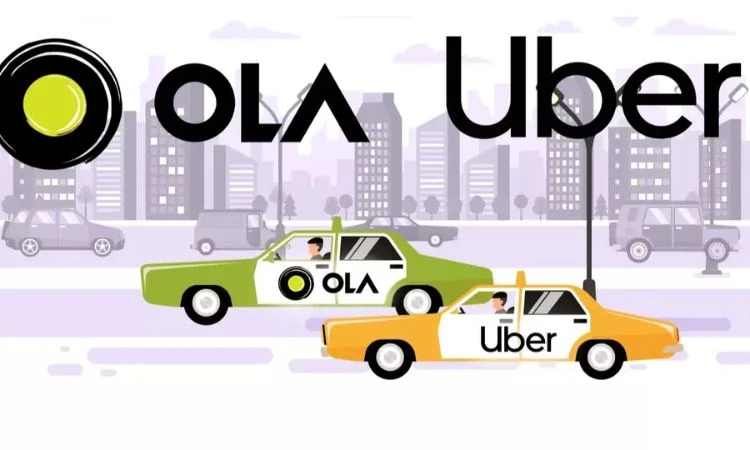Ola has recently implemented a subscription plan for its auto-rickshaw drivers in important areas such as Delhi-NCR, Mumbai, Bengaluru, and Hyderabad. Uber has launched a similar service in six locations, starting with Chennai, Kochi, and Visakhapatnam. Historically, Ola and Uber have used a commission-based income model, holding a portion of the fare for each ride as a commission or booking fee and sending the remainder to driver partners.

Ola and Uber have reportedly adopted an approach similar to their competitors, Namma Yatri and Rapido, offering subscription-based plans for auto-rickshaw drivers on their platforms rather than charging a booking fee or commission on each transaction.
According to ET, Ola has recently adopted a subscription model for its auto-rickshaw drivers in key cities, including Delhi-NCR, Mumbai, Bengaluru, and Hyderabad. Meanwhile, Uber has launched a similar program in six cities, starting with Chennai, Kochi, and Visakhapatnam.
The decision to introduce subscription-based plans, in which platforms charge a fixed daily or weekly fee to driver partners for an unlimited number of rides, could allow Ola and Uber to avoid the 5% goods and services tax (GST) imposed on auto-rickshaw rides facilitated through their platforms, according to the report, citing sources familiar with the situation.
According to the report, tax experts are concerned about potential disputes between operators and tax authorities because it is unclear whether a September 2023 advance tax ruling that exempted Namma Yatri from collecting and paying GST will also apply to other platforms.
The 5% GST applies under Section 9(5) of the Central GST Act, which compels e-commerce operators such as ride-hailing platforms, food-delivery firms, and online retail marketplaces to collect and submit tax on behalf of service providers listed on their applications. This includes drivers, restaurants, and online marketplace sellers.
Ola and Uber have traditionally used a commission-based income model, with the company keeping a portion of the fare for each ride as a commission or booking fee and the rest going to driver partners.
Ride-hailing systems use the subscription model, in which driver partners pay a daily or weekly fee to be visible to clients looking for rides. Two noteworthy differences in this new paradigm are that Ola and Uber do not accept online payments and do not set prices for these services.
This strategy is positioned as a software-as-a-service (SaaS) offering offered to driving partners.
The news comes as Ola Electric, which is preparing for an IPO, is said to have finalized preparations to offer its electric autorickshaw, Raahi, straight to consumers.















